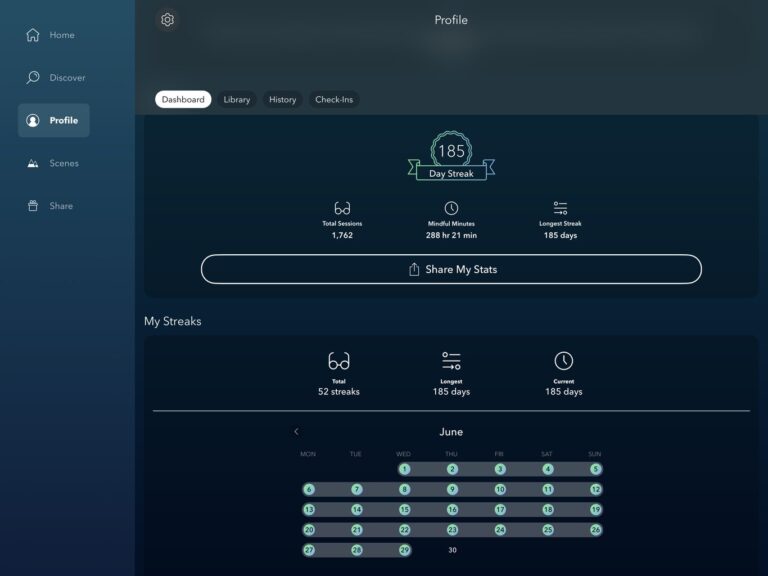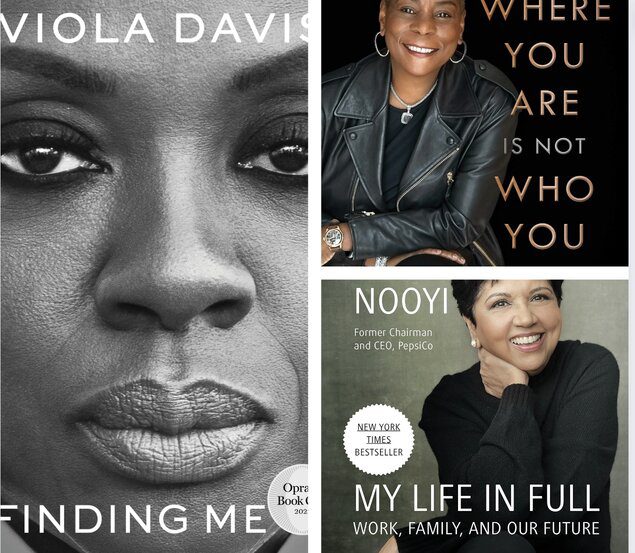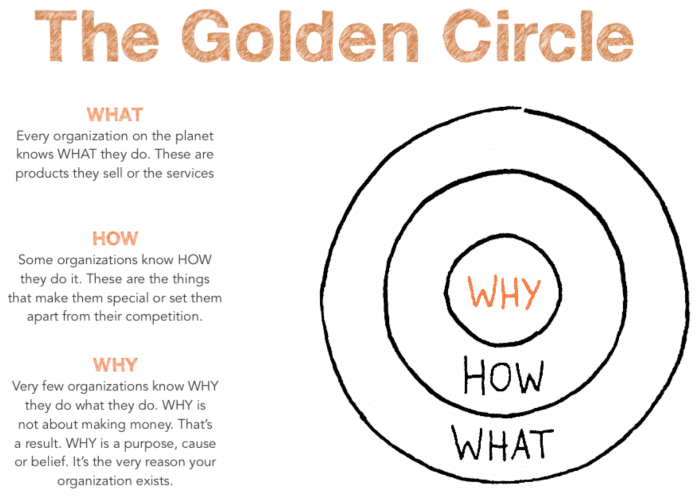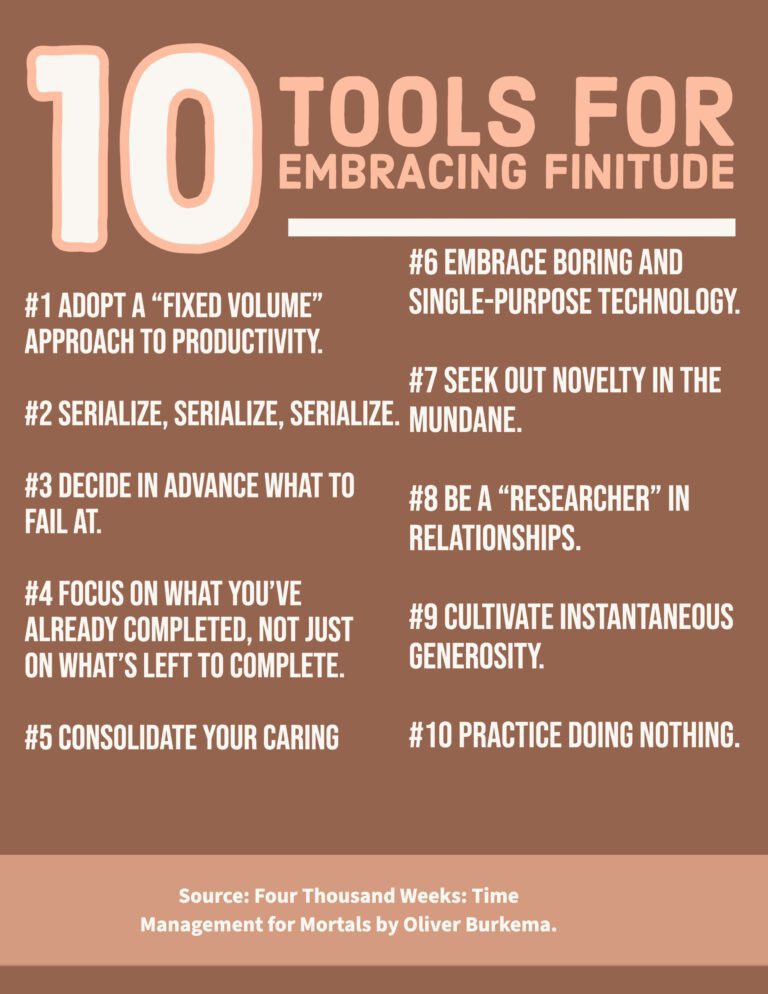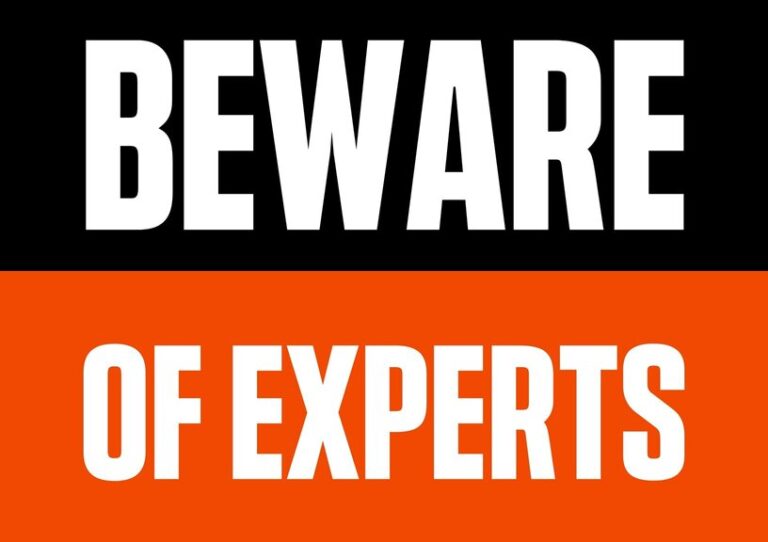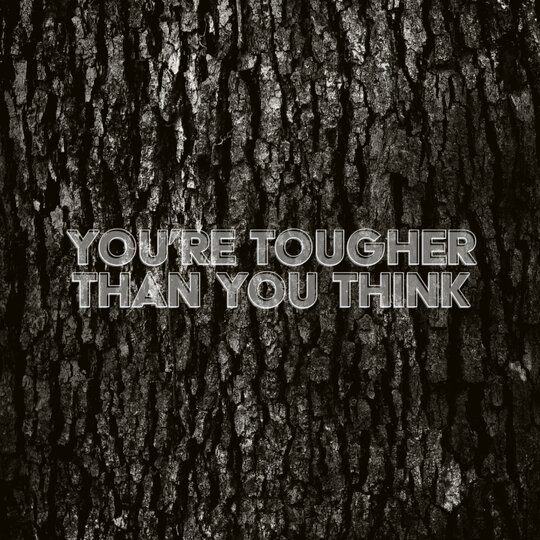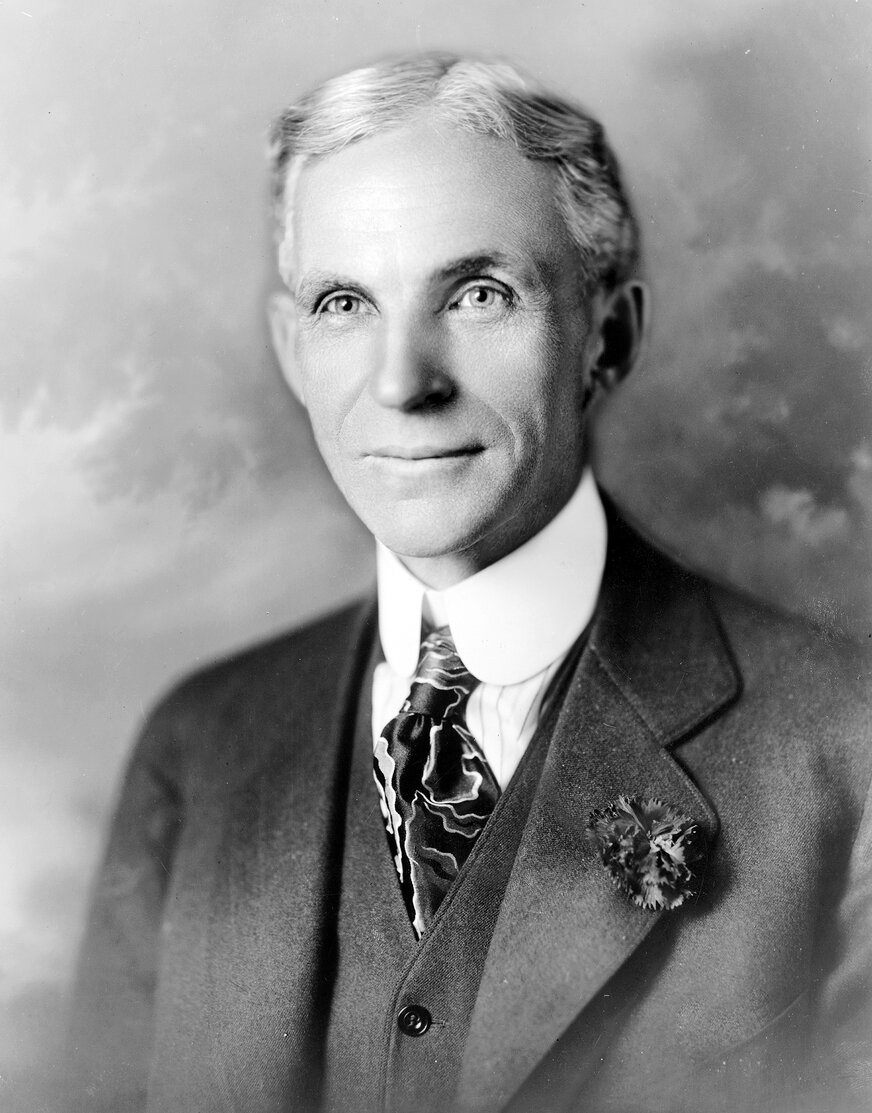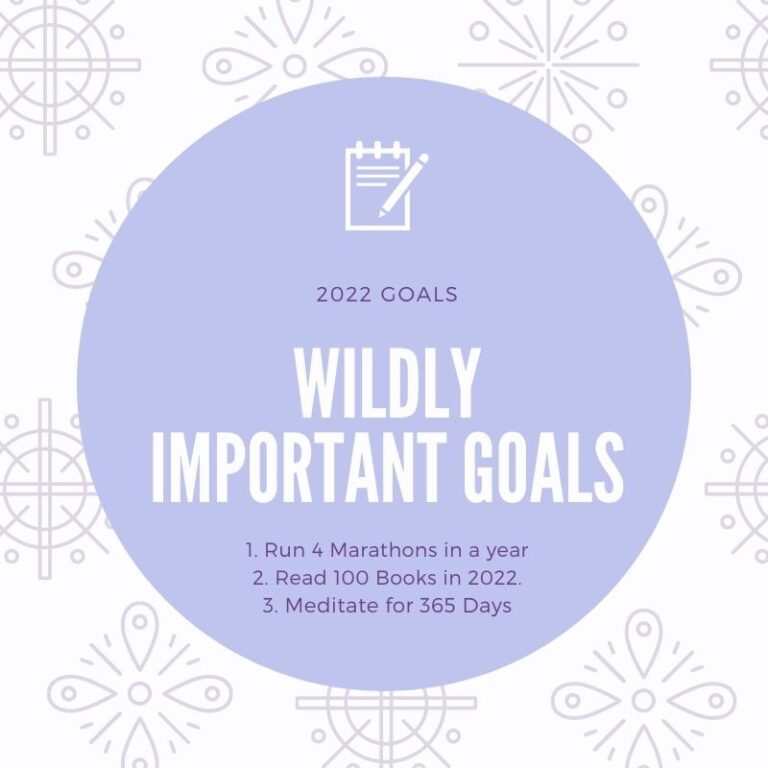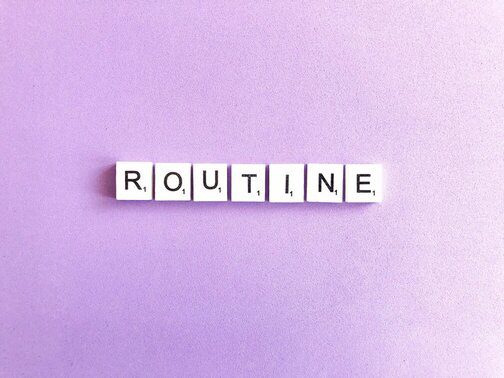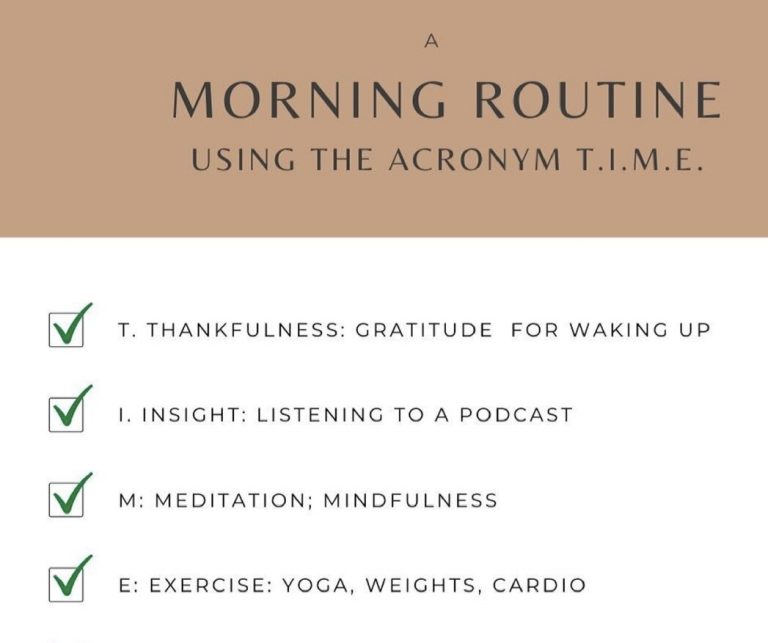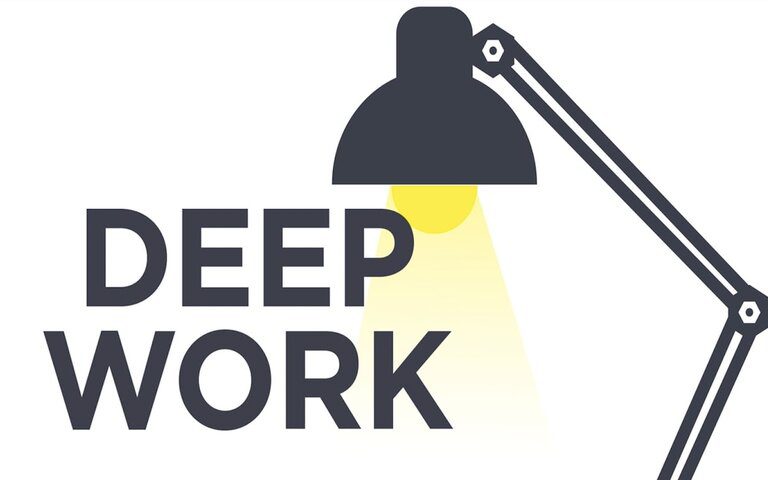Contrary to what you see in the news and on social media, everyone is trying to figure it out. From your favourite celebrities, politicians, writers, athletes, mentors, parents and everyone in between. We live in a world where, we are all supposed to perform for the world in almost all our engagements, such as interacting with our work colleagues, partners, well-curated social media posts etc. We are all supposed to know what we are doing, we ought to have it figured out at some point, but the reality is that we are trying to figure out a particular aspect of our life. For Example, the former president of the United States, Barrack Obama, was battling cigarette addiction at some point.
Gamification is the strategic attempt to enhance systems, services, organizations, and activities by creating similar experiences to those experienced when playing games in order to motivate and engage users. Gamification is a great way to motivate/trick yourself into achieving your goals. I have started noticing a pattern in my quest to execute my set goals. I have realized that goals that are attached to a form of play, fun, anchor or regimen are easier to achieve.
By gamifying my goals through the use of an app such as Strava (Leaderboard) for running, swimming and cycling, and Calm App (Streak) for meditation; I have stayed consistent with the goals that I want to achieve. The sense of completion with these apps is very fulfilling as the small acts of completing each activity are so gratifying. I meditate every morning for 26 to 30 minutes by listening to guided meditations from Tamara Levitt, Jhay Shetty and Jeff Warren. The streak and the minutes completed section of the app is one of my favourite things to look forward to daily.
Life happens to us all at some point, some of us are born poor, and dealt with childhood trauma, domestic violence, childhood sexual abuse, and addiction among other challenges. Your history is not your destiny. Where you are right now is who you are. We often mistake our life situation with our destiny but one of the greatest tools we have is our ability to change our course of direction at any point in time by deciding to. As American psychologist, William James once observed; The greatest discovery of my generation is that a human being can alter his life by altering his attitudes.
The greatest discovery of my generation is that a human being can alter his life by altering his attitudes. – William James
Your job and environment are not who you are. One of the most transformative questions, we all have to answer at some point is: “Who are you? Why I am here? The moment you answer these questions and really know what your purpose here is, you are going to go places.
- Ursula Burns was raised by her immigrant mum in poverty but against all odds was named the CEO of Xerox, making her the first African American woman CEO of a Fortune 500 company.
- Indra Nooyi grew up in India with humble beginnings but rose to become the CEO of Pepsico which is the second-largest food and beverage company in the world.
- Viola Davis grew up in abject poverty, domestic violence, childhood trauma and brokenness but she overcame it all to become one of the most recognized faces on TV with an Oscar, Primetime Emmy Award and two Tony Awards becoming the only African-American to achieve the Triple Crown of acting.
How did these 3 inspiring women who grew up in challenging environments rise to the top of their professions against all odds and challenges stacked against them? They decided to take their destiny in their hands, they studied hard, built relationships, created their luck, prepared for their opportunities and executed relentlessly. Here are some great insights from the biographies of these 3 great women on how they did it:
In her autobiography, Where You Are Is Not Who You Are: A Memoir, the first African American woman CEO of a Fortune 500 company, Ursula Burn chronicles her story of growing up in poverty and the lessons learned on her path to greatness. She writes:
As a Black woman, I had to prove myself worthy of whatever position I was in because my coworkers would cut me no slack. I hadn’t slept my way up the chain. I wasn’t the recipient of preferential treatment. I wanted to make sure that the audience knew that I’d earned my position. To do that, I made sure they understood that I knew at least as much as anyone in the room. It was a defense mechanism against the assumption that I didn’t belong.
“My mother refused to have her children be defined by it. “Where you are is not who you are,” she told us time and again. I didn’t know what she was talking about.“
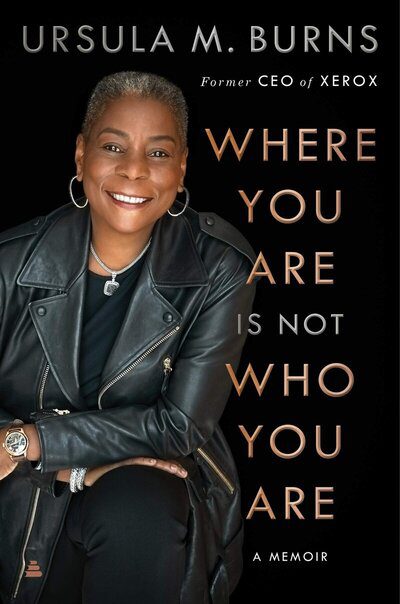
Poverty has a pace, and the sidewalks were crowded with people rushing around in a frantic fashion, people racing great distances to save $1 here or there or hurrying to stand in line for a handout.
Indra Nooyi grew up in India and was named PepsiCo CEO in 2006 making her the first woman of colour and immigrant to run a Fortune 50 company. In her autobiography, My Life in Full: Work, Family, and Our Future, she writes about her journey from rural India to leading a multinational company.
Mine is not an immigrant story of hardship—of fighting my way to America to escape poverty, persecution, or war. I don’t know what it feels like to be a refugee, homeless because my own country is in crisis. I spoke English. I had landed in the US with $500. I was at Yale. And I had the safety net of my family in India, a place that I was familiar with and loved and that would take me back.
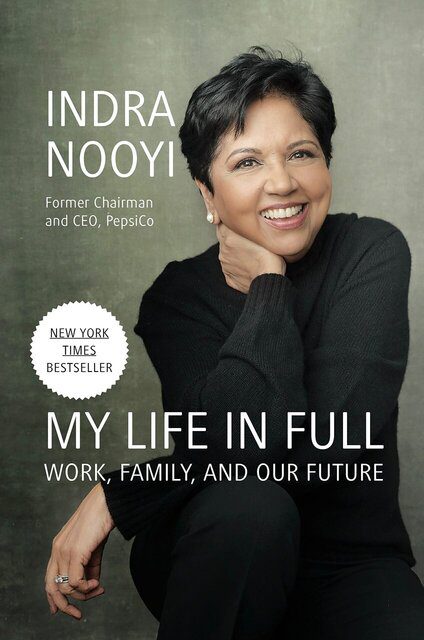
“I had no money to spare. My scholarships and loans totaled about $15,000 a year, roughly evenly split, and I spent almost all on tuition, room, and board. I took a job working the front desk and the manual switchboard at Helen Hadley Hall three to four days a week, earning $3.85 an hour for midnight to 5 a.m. That was fifty cents an hour more than the daytime slot and $1.20 more than the minimum wage, which was $2.65 in those days. When the phone rang at reception, I’d buzz a resident’s room and put the call through to the hallway phone. All night, students ran down the hall in their nightwear and slippers to get their calls. I monitored the front door, sorted the mail, and did my homework.”
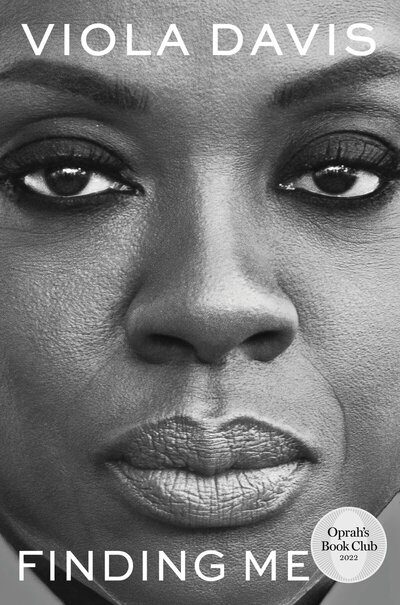
In Finding Me: A Memoir, American actress Viola Davis describes her roller-coaster journey from growing up in abject poverty to Hollywood fame. She writes:
“We were “po.” That’s a level lower than poor. I’ve heard some of my friends say, “We were poor, too, but I just didn’t know it until I got older.” We were poor and we knew it. There was absolutely no disputing it. It was reflected in the apartments we lived in, where we shopped for clothes and furniture—the St. Vincent de Paul—the food stamps that were never enough to fully feed us, and the welfare checks. We were “po.” We almost never had a phone. Often, we had no hot water or gas. We had to use a hot plate, which increased the electric bill. The plumbing was shoddy, so the toilets never flushed.
You know, when you’re poor, you live in an alternate reality. It’s not that we have problems different from everyone else, but we don’t have the resources to mask them. We’ve been stripped clean of social protocol. There’s an understanding that everyone is trying to survive and who is going to get in the way of that?
As the stories of these great women shows, your history is not who you are and with persistence and commitment, all things are possible. Inspite of their humble background, Ursula Burns became the CEO of XEROX, Indra Nooyi became the first African American woman CEO of a Fortune 500 company and Violas Davis became an Hollywood superstar despite the poverty, abuse and trauma of her childhood.
All the Best in your quest to get Better. Don’t Settle: Live with Passion.
In his book, Start with Why: How Great Leaders Inspire Everyone to Take Action, British-American author Simon Sinek talks about the concept of the Golden Circle. It is a framework that Sinek reckon can be used by organizations to build inspiring movements and built to last enterprise.
Sinek’ TED Talk based on START WITH WHY is one of the most watched TED video of all time.
In the book, Sinek highlights purpose-driven leaders such as Dr. Martin Luther King Jr, John F Kennedy, Steve Jobs, The Wright Brothers and companies (Apple, Harley-Davidson, Disney, Southwest Airline) as models of how a purpose can be created to inspire a culture together, away from the manipulative society we live in today.
In his illuminating book, Four Thousand Weeks: Time Management for Mortals British journalist Oliver Burkema highlighted ten tools for embracing the finitude of our time here on earth. In the book’s appendix, Burkema shared the following tools and strategies for embracing our mortality.
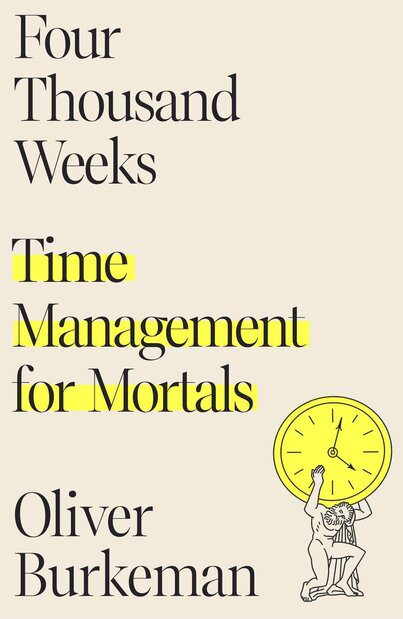
That is why I never employ an expert in full bloom. If ever I wanted to kill opposition by unfair means I would endow the opposition with experts. They would have so much good advice that I could be sure they would do little work. – Henry Ford
We live in a world of more talk and little substance, a world of life coaches who don’t have their life figured out like anyone is supposed to have it figured out, a world of chefs who cannot cook, motivational speakers who are not motivated, of bloggers without a blog. Everyone is an Expert or Guru in the social media world with the promise of instant results and changes. But the reality of life is that nothing great happens by chance, it takes hard work and consistency to achieve anything worthwhile.
“First people will tell you that you are wrong. Then they will tell you that you are right, but what you’re doing really isn’t important. Finally, they will admit that you are right and that what you are doing is very important; but after all, they knew it all the time. – Jonas Salk, Developer of the Polio Vaccine
An expert is someone with the special skill or knowledge representing mastery of a particular subject. Experts have been at the epicenter of most of our modern civilization and they have also been at the center of unachieved dreams as a result of their lack of discernment. History is filled with stories of so-called experts that made discouraging statements about nascent ideas and innovation. You have got to protect your ideas and dreams from these so-called experts. They come in different forms such as Parents, Friends, Mentors, Colleagues, Acquaintances, Teachers, and even frenemies. Some of them are well-meaning but you need to beware of the experts, they might be wrong.
An expert is someone who knows more and more about less and less until finally, he knows everything about nothing. – Nicholas Butler, American Philosopher.
Focusing too much on what others have to say about you will lead you down a path to defeat before you’ve even had a chance to act. You can either entertain their skepticism or remove the chains from your creativity by allowing yourself to rise to the occasion
In his very insightful book, 12 Notes: On Life and Creativity, 80-time Grammy nominee and 8-time Grammy award winner Quincy Jones share a great anecdote about being underestimated, believing in yourself, and ignoring the naysayers. Quincy Jones had earlier pitched Micheal Jackson on producing his solo albums but the record executives at epic records were not enthusiastic about Quincy producing the records.
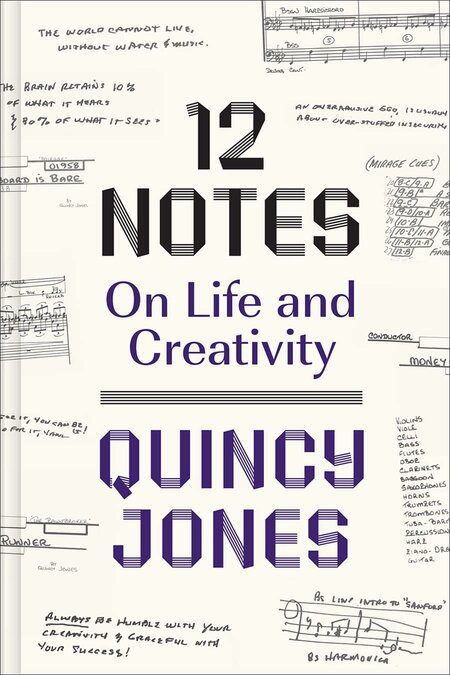
The executives said:
No way. Quincy’s too jazzy. He’s only done The Brothers Johnson. He’s a jazz arranger and composer.
But in spite of the doubters, naysayers, and the non-cooperation, the collaboration between Quincy Jones and Micheal Jackson led to the following:
- Off the Wall, sold tens of millions of copies. It became the biggest-selling Black record in history. It also became the first album to generate four American Top 10 hits.
- Thriller Album is the bestselling album of all time. Thriller became Jackson’s first number one album on the US Billboard Top LPs & Tapes chart, where it spent a record 37 non-consecutive weeks at number one, from February 26, 1983, to April 14, 1984.
- Bad Album – Bad debuted at number one on the Billboard Top Pop Albums chart, selling over 2.25 million copies in its first week in the US, and stayed atop for six consecutive weeks. It also reached number one in 24 other countries, including the UK, where it sold 500,000 copies in its first five days and became the country’s best-selling album of 1987.
Quincy writes:
There are numerous instances in which I’ve found power in being underestimated, but one of the most ironic memories is from when I began working with Michael Jackson as the producer of his top three albums, Off the Wall, Thriller, and Bad. Music history might look a bit different if I allowed negative opinions to stand in the way of what I knew I was capable of. But as I said, prematurely boasting only sets you up to look like a fool, so I’ll let you decide what you want to take from the following anecdote.
By the late ’60s, I was getting completely burned out from doing movie scores. I had done thirty-five of them and had both hits and flops. Most composers do one or two a year, but I never did fewer than that. I once did eight! I was moving at an unsustainable pace. I remember often sleeping only three hours a day and running cold water over my wrists to stay awake.
I also had three more kids after Jolie at this point, including Rachel, Tina, and Quincy Jones III, so there weren’t many hours to work with in the day. Simultaneously, film scorers (especially Black film scorers) were at the bottom of the Hollywood food chain, and easily replaceable. It felt as though my value in the industry was constantly hanging by a thread. At the drop of a dime, I could be cut loose. Most important, I wanted to get away from the rigidity of having to write music to pictures.
I longed to get back into the record business and wanted to make albums under my own name, produce for other artists, and facilitate a more free-flowing creative process. I didn’t want to think about any deadlines. I simply wanted to create what gave me goosebumps. In 1969, I signed a deal with Creed Taylor’s Impulse! Records, which was distributed by A&M, and did a good number of albums through the ’70s, including Walking in Space, one of the first jazz-fusion records, Gula Matari, Body Heat, a whole host of projects with The Brothers Johnson, and many more. Toward the end of the ’70s, I was recruited back to film after Sidney Lumet asked me to be the music producer and supervisor for his new movie, The Wiz. I didn’t want to do it, but since Sidney helped me get my first scoring assignment, on The Pawnbroker back in 1964, I couldn’t say no.
Micheal Jackson
I had previously met Michael Jackson when he was only twelve years old, but The Wiz brought us together for our first official collaboration, since he was cast in the role of Scarecrow. When we began rehearsals, Michael was getting ready to do his own album on Epic Records and he asked me to help him find a producer. My plate was pretty full trying to get pre-production for The Wiz going, so I couldn’t even think about it at the time. But over the course of our rehearsals, I came to see that, on top of his otherworldly talents, Michael had a work ethic like I’d never seen before. No matter what, he was always prepared. He ensured that every dance step, line, and lyric was perfected to a T, and even memorized the lines of his co-stars.
In one scene, he was instructed to pull little pieces of paper out of his straw chest. They were filled with proverbs from famous philosophers and he kept mispronouncing Socrates. After three days of mispronouncing his name as “Sow-cray-tees,” and receiving no correction, I pulled him aside during a break and whispered, “Michael, before it becomes a habit, I think you should know that the name is pronounced ‘Sock-ra-tees.’” With the utmost humility, he said, “Really?”
Without even taking a second to think about it, I replied with, “I’d like to take a shot at producing your new record.” His ability to take critique, on top of his work ethic and talent, indicated that he was exactly the kind of artist I would want to work with. He agreed.
No way. Quincy’s too jazzy. He’s only done The Brothers Johnson. He’s a jazz arranger and composer.
Later, when Michael approached his label, Epic Records, about having me produce the album, his A&R reps told him, “No way. Quincy’s too jazzy. He’s only done The Brothers Johnson. He’s a jazz arranger and composer.” It was the same type of response that I’d heard repeatedly over the years. They didn’t know about the extent of my musical background, and they told Michael that Kenny Gamble and Leon Huff should do it. He eventually marched back to Epic with his managers, Freddy DeMann and Ron Weisner, and demanded that I produce his record.
Prove them Wrong
Much to his label’s dismay, they agreed, but didn’t expect much from me. And although they agreed, there wasn’t a whole lot of cooperation. At that point it didn’t matter though, because the ball was left in my court. I knew that I could either meet their low expectations or exceed them. In addition to their doubts about the level of my competency, many also wondered if Michael could make it as a solo artist in his adult years without the support of his brothers.
I knew that I could either meet their low expectations or exceed them. In addition to their doubts about the level of my competency, many also wondered if Michael could make it as a solo artist in his adult years without the support of his brothers.
I had of course known about his Jackson 5 days, but I was interested in helping him break out of that former persona he was locked into. I wanted to push him beyond just dance music and see how far he could stretch his musicality. I had recently seen him at the Oscars singing “Ben,” a song about a rat (for the film, Ben), which I knew wasn’t going to cut it.
More than anything, I wanted to help him with his artistic development and get him to dig deeper, with no limitations on how far he could go musically. He had all the talent and drive. He did his homework. He just needed some guidance. I tested his creativity from every angle and applied everything I’d learned over the years to help him with his artistic growth, like dropping keys a minor third to give him flexibility and a more mature range in his upper and lower registers. I played around with tempo changes. I wanted to make a pop album that blended elements of R&B, disco rhythms, top-of-the-line arrangements, and, of course, his vocals.
The Dream Team
I gathered what I called my “Killer Q Posse,” which consisted of Rod Temperton, one of the best songwriters to have ever lived on this planet; Bruce Swedien, the engineer of all engineers; Greg Phillinganes, a virtuosic keyboardist; Jerry Hey, a monster trumpeter and arranger; Louis Johnson, the youngest of The Brothers Johnson; John “J. R.” Robinson, a fellow Berklee alum and the drummer for Rufus; Paulinho Da Costa from Brazil on percussion; and many other great musical talents. Although it was impossible to predict the record’s chances of success, we collectively poured 110 percent into every track and nuance of the album.
In an attempt to steer Michael toward songs with more depth and emotion than he had ever sung before, I got Stevie Wonder’s “I Can’t Help It,” Paul McCartney’s “Girlfriend,” Tom Bahler’s “She’s Out of My Life” (a track that I was initially going to give to Frank Sinatra!), Rod Temperton’s “Rock With You,” and, of course, “Don’t Stop ’Til You Get Enough.”
Off the Wall Album
Michael did most of his vocals live, with no overdubs. The resulting record, Off the Wall, sold tens of millions of copies. It became the biggest-selling Black record in history. How’s that for being too “jazzy”? Ironically, Epic was about to do a round of layoffs, but Off the Wall saved the jobs of many of the doubters who previously claimed that “Quincy is the wrong guy.” It also became the first album to generate four American Top 10 hits.
Due to the success of Off the Wall, Michael and I went on to record Thriller (which is, as of this writing, still the bestselling album of all time) and Bad.
Lesson Learned from the Experience
The entire experience reinforced the fact that people are always going to have opinions about your qualifications. What really matters is what you do with them. Focusing too much on what others have to say about you will lead you down a path to defeat before you’ve even had a chance to act. You can either entertain their skepticism or remove the chains from your creativity by allowing yourself to rise to the occasion.
I still have to remind myself of this lesson because my being underestimated didn’t stop after Off the Wall, or Thriller, or Bad. In fact, the more ears that heard those albums, the more opinions I had coming at me.
But now, instead of being underestimated for my capabilities, I’m underestimated for my age. People often ask me when I’m going to retire, but my only response is, “I’m just starting. Retired? You take the ‘re’ off of that and it’s ‘tired.’ I’m not tired yet.” If you never leave, you never have to make a comeback, and that’s exactly what I plan on doing. There’s nothing wrong with retiring, especially after you’ve put in decades of hard work, but it’s just not for me. I’m not interested in letting my age dictate my competency.
All the Best in your quest to get Better. Don’t Settle: Live with Passion.
As Sir Roger Bannister, the first man to run a mile in less than four minutes once quipped: “The man who can drive himself further once the effort gets painful is the man who will win.” Bannister held the record for 46 days before John Landy broke the sub-four-minute mile with a time of 3 minutes 57.9 seconds. The sub-four-minute mile has since been run by 1663 athletes as of April 13, 2021) by runners worldwide.
“The world mile record now stands at 3 minutes 43.13 seconds, set by Hicham El Guerrouj of Morocco in 1999. ”
The object of education is not to fill a man’s mind with facts; it is to teach him how to use his mind in thinking. And it often happens that a man can think better if he is not hampered by the knowledge of the past.
The founder of Ford Motor Company, Henry Ford is considered one of the most influential and successful entrepreneurs in the 20th century. He developed the assembly line mass production system and introduced the Model T in 1908 as the first affordable automobile for the masses.
In his autobiography: My Life and Work, he made some salient points about schooling, knowledge and Education. He also writes about his suspicion for so-called experts and not hiring them. He writes:
What information consumes is rather obvious: it consumes the attention of its recipients. Hence a wealth of information creates a poverty of attention and a need to allocate that attention efficiently among the overabundance of information sources that might consume it. – Hebert Simon
Your priority determines what you pay attention to and give the utmost importance to. American author and motivational speaker Tony Robbins often say “Energy flows where attention goes.” The difference between successful people and non-successful is how they spend their time and what they prioritize. Priority is derived from the old french word Priorite, from the latin Prioritas. Morphologically it contains the word: Prior + ity. It means the importance placed on an activity, item, event, person, or situation. A priority is something you do first, you do it prior to doing any other thing. It is of utmost importance, it affects your bottom line, it affects your well-being, and it affects your choices and decisions.
The reason most goals are not achieved is that we spend our time doing second things first.- Robert J. McKain
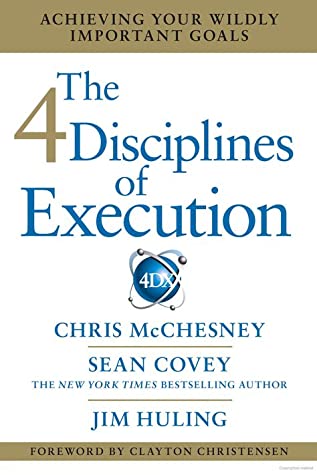
In the book, The 4 Disciplines of Execution: Achieving Your Wildly Important Goals, authors Chris McChesney, Sean Covey, and Jim Huling define Wildly Important Goals (WIG) as the goals you must achieve with total excellence beyond the circling priorities of your day-to-day. To succeed, you must be willing to make the hard choices that separate what is wildly important from all the many other merely important goals on your radar. Then, you must approach that WIG with focus and diligence until it is delivered as promised, with excellence.
Human beings are genetically hardwired to do one thing at a time with excellence.
Focusing on the wildly important means narrowing the number of goals you are attempting to accomplish beyond the day-to-day demands of your whirlwind.
A wildly Important Goal is the goal that matters most. Failure to achieve it will make every other accomplishment seem secondary, or possibly even inconsequential.
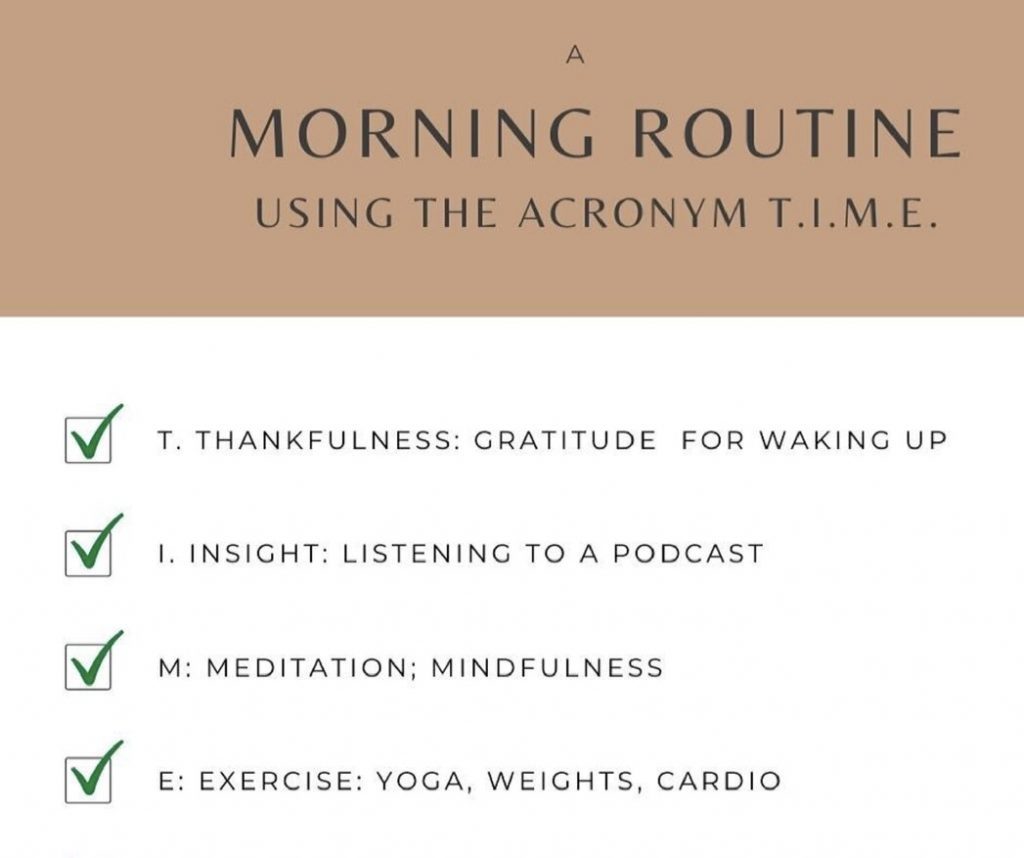
The concept of wildly important goals has been very important in my quest to achieve my goals. Our time here is limited and the need to have a sense of urgency has never been these urgent. In our instant everything, shortcut driven world, setting your intentions and reviewing your goals daily is a great skill set to master. To re-order my priorities daily, I use the Thankfulness, Insight, Meditation, and Exercise (TIME) framework as taught by English author and former Hindu monk, Jay Shetty in his book, Think Like a Monk: Train Your Mind for Peace and Purpose Every Day.
- Thankfulness: I start my day by filling out the gratitude journal.
- Insight: I listen to audiobooks, watch documentaries, and read books, magazines, and reports to stay sharp and informed.
- Meditation: I meditate for 30 minutes in the morning before I start the day. Starting the day with meditation gets me centered and in equanimity with what matters.
- Exercise: I engage in a five-minute guided stretch in the morning and work out for 2 hours in the gym after work.
I have been experimenting with the TIME framework since October 2021 and it has allowed me to stay centered, and focus on my wildly important goals daily.
If you don’t design your own life plan, chances are you’ll fall into someone else’s plan. And guess what they have planned for you? Not much. – Jim Rohn
Review your goals constantly to remind you of your most important goals
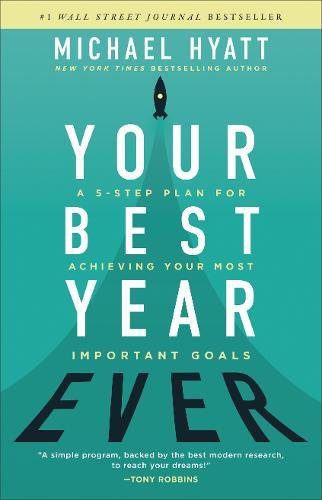
In his book, Your Best Year Ever: A 5-Step Plan for Achieving Your Most Important Goals, NYT Bestselling Author and Speaker Michael Hyatt describe the concept of daily threes and weekly big 3. He advocates constantly reviewing your goals as this reminds you of your most important goals. Hyatt writes:
Reviewing your goals and motivations will keep you ideating, self-checking, and analyzing. And that will up your resolve and stimulate creative problem-solving. He breaks goal reviews into three separate reviews: daily, weekly, and quarterly.
Daily Review
One of the main challenges we face with reaching our goals is losing track of them. We get distracted and sidetracked by life, and they slip out of focus. We can lose months of the year before we realize we’re not making progress. A regular goal review process can fix that problem.
Weekly Review
Next is the weekly review. It goes a bit deeper and takes a bit longer about twenty minutes. A weekly review keeps those key motivations present in our minds. When we’re in the thick of it, it can be hard to recall. But when we’re reviewing our rationale week in and week out, the reasons become so internalized, we know what’s at stake.
Quarterly Review
Quarterly goal setting naturally leads to a deeper review every three months. In the quarterly review process, at least five options are possible:
- Rejoice
- Recommit
- Revise
- Remove
- Replace
look at the four quarterly review options as a decision tree:
▶ REJOICE if you’ve reached your goal/milestone. If you’re not there yet,
▶ Then RECOMMIT to achieve it. If you can’t recommit,
▶ Then REVISE the goal so you can achieve it. If you can’t revise,
▶ Then REMOVE the goal from your list. If you remove a goal,
▶ Then REPLACE it with another you want to achieve.
If you do not set your priorities daily, you would fall into other people’s plans and expectations. If you don’t have your goals and aspirations, others would use you to get their goals achieved. By setting a widely important goal daily, you would re-order your priorities, be reminded of what really matters, and be in a better position to achieve your dreams.
Set your intentions and goals daily, review them daily, restrategize, recalibrate and most importantly “Start with Why”. Achieving any worthwhile goal is challenging and tough but with hard work, dedication and discipline, you can achieve anything you set your sight on. As author Naopleon Hill once observed: “What the mind of a man can conceive and believe, it can achieve.”
All the Best in your quest to get Better. Don’t Settle: Live with Passion.
A routine is a habitual or mechanical performance of an established procedure. In computer parlance, a routine is a sequence of computer instructions for performing a particular task. 1 The word routine is etymologically derived from two words route + one from the french routine “usual course of action, beaten path”, from route “way, path, course” + noun suffix -ine. 2 It is the customary course of action, more or less mechanical performance of certain acts or duties.
Show me your routine and I would show you who you are. How you do anything is how you do everything. As ancient Greek philosopher Aristotle once said “We are what we repeatedly do. Excellence, then, is not an act, but a habit.” Your routine grounds and routes you. One of the major hallmarks of highly successful people is their daily routine. They show up daily, do first things first, they work in accordance with their priorities, value, and mission.
We are what we repeatedly do. Excellence, then, is not an act, but a habit. – Aristotle
In his book, Think Like a Monk: Train Your Mind for Peace and Purpose Every Day, English author and former Hindu monk, Jay Shetty writes about the power of routine. He noted “Location has energy, Time has memory”. Jay describes how waking up early and mastering a morning routine can go a long way in making the best use of our time. He noted:
“Sleep researchers say 85 percent of us need an alarm clock to wake up for work. When we wake up before our bodies are ready, the hormone melatonin, which helps to regulate sleep, is usually still at work, which is one of the reasons we grope for the snooze button”
Tara Brach is an American psychologist, author, and proponent of Buddhist meditation. She is a guiding teacher and founder of the Insight Meditation Community of Washington, D.C. USA. Tara Brach is one of my favourite meditation teachers, I found her books: Radical Acceptance: Awakening the Love that Heals Fear and Shame and Radical Compassion: Learning to Love Yourself and Your World with the Practice of RAIN; to be very helpful and insightful.
In her work, Brach expands on concepts and ideas such as RAIN, Buddhist meditation, Radical Acceptance and Radical Compassion, Loving Kindness, living in trace, Self-Care, Self-Compassion, Self-healing, Self-nurturing, among other life changing topics.
Deep Work is a concept described by the author and professor Cal Newport in his 2016 book: Deep Work: Rules for Focused Success in a Distracted World.
What is Deep Work?
Newport describes Deep Work as the ability to focus without distraction on a cognitively demanding task. It’s a skill that allows you to quickly master complicated information and produce better results in less time. Deep work will make you better at what you do and provide the sense of true fulfillment that comes from craftsmanship. In short, deep work is like a superpower in our increasingly competitive twenty-first-century economy. And yet, most people have lost the ability to go deep—spending their days instead in a frantic blur of e-mail and social media, not even realizing there’s a better way.
It is that time of the year again when we set New Years Resolutions. We resolve to change for the better, change or improve bad habits, achieve personal goals and make strides throughout the year. Like the snake, we strive to shed our old skin, like the caterpillar, we transform to become a butterfly. We set these goals yearly with great enthusiasm and pump at the start of the year but most of us begin to falter as the year goes by. We set goals such as losing weight, saving more money, become financially independent, maintain an healthy diet, exercise more, read more book, etc.

